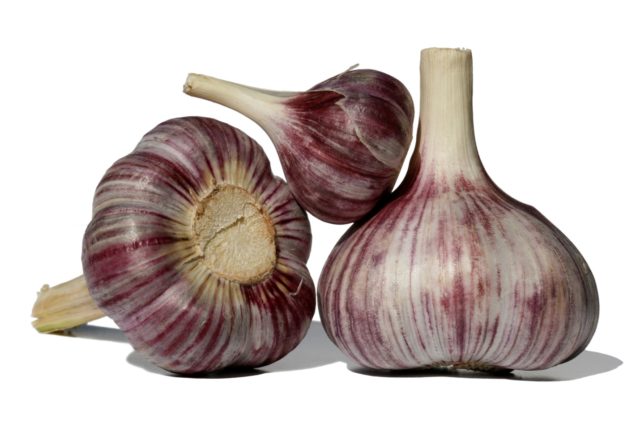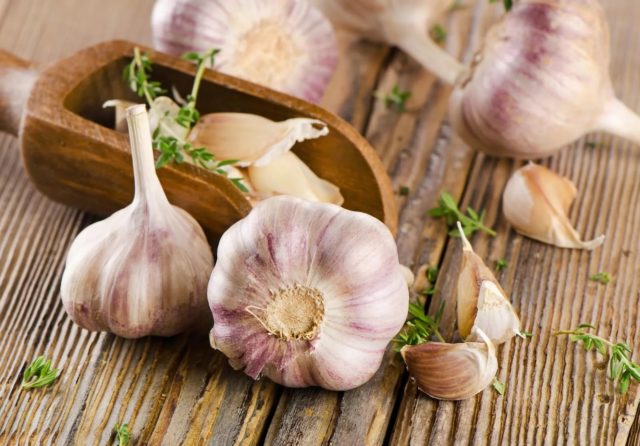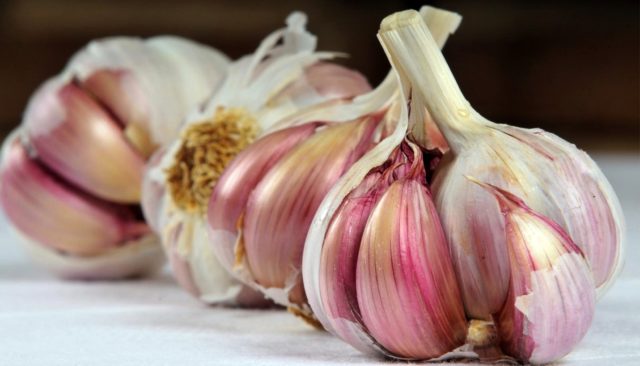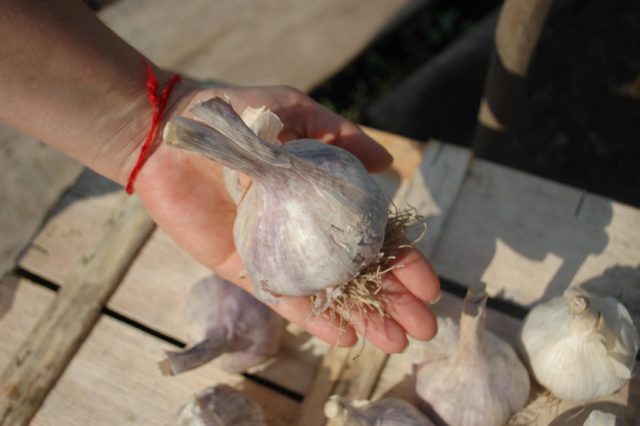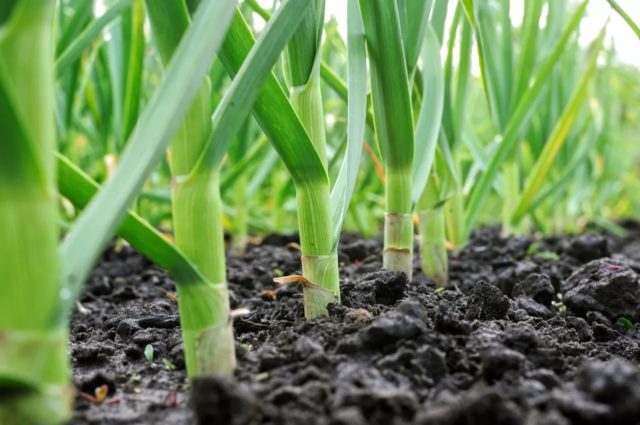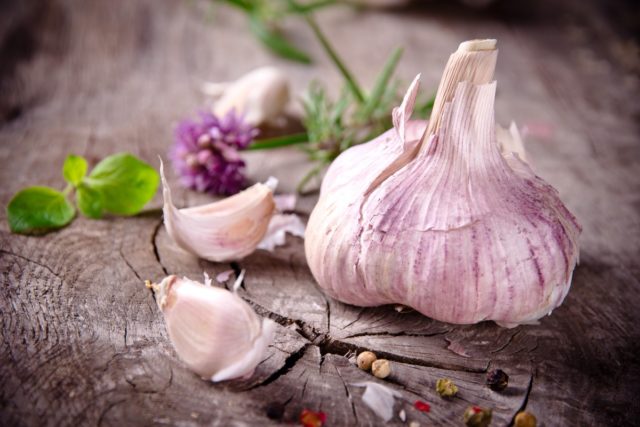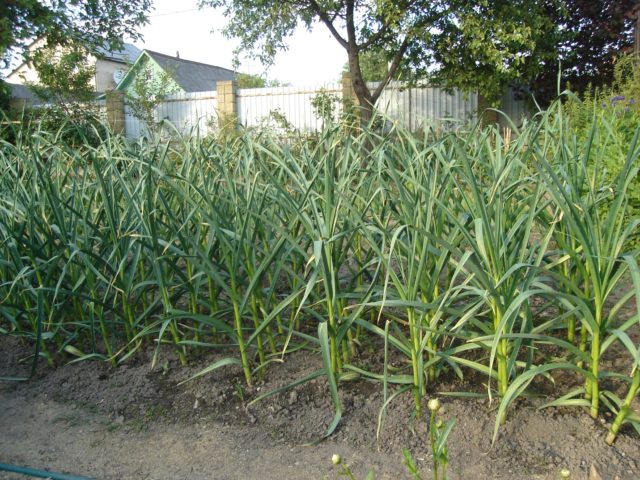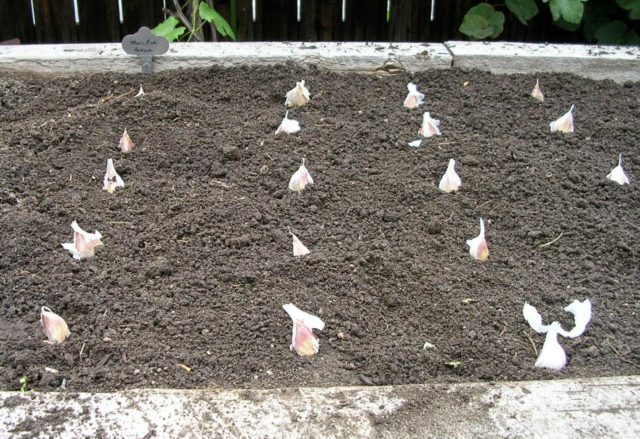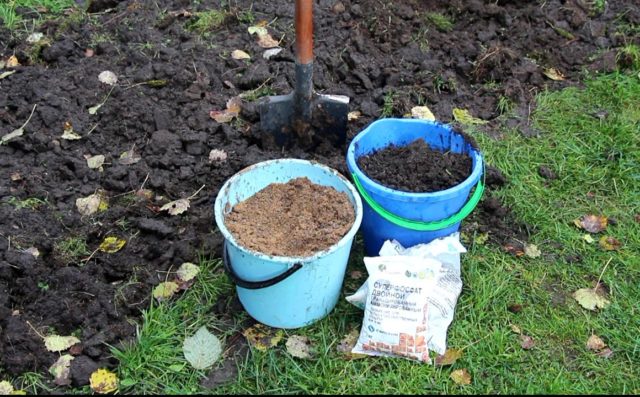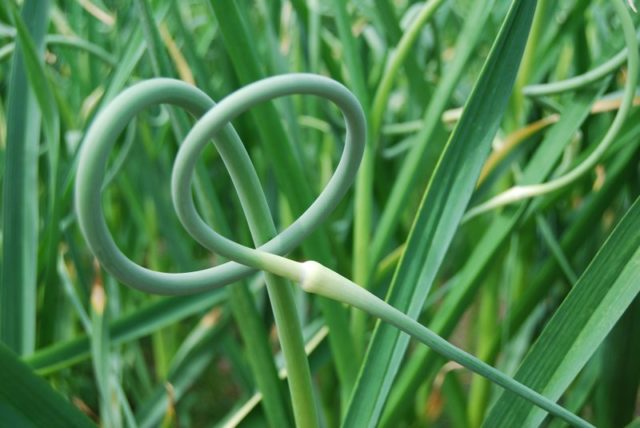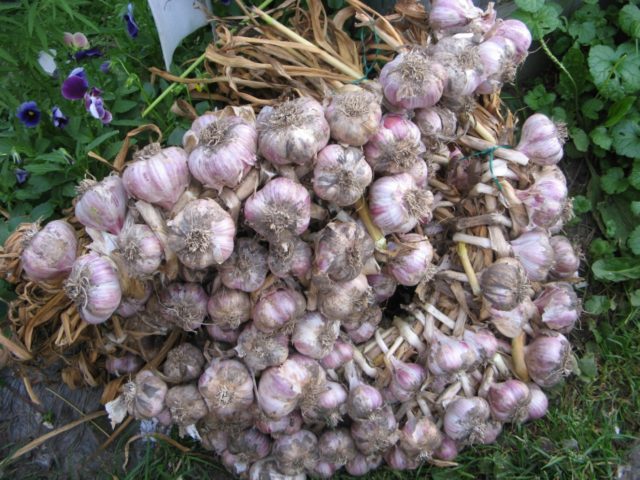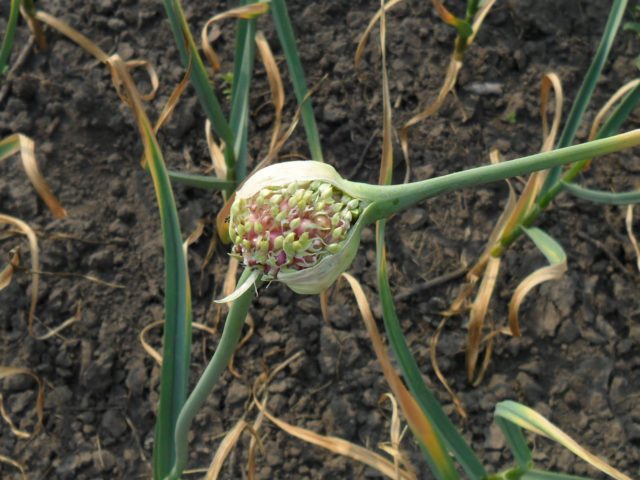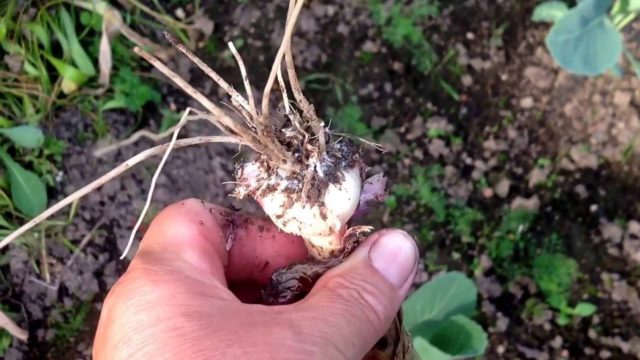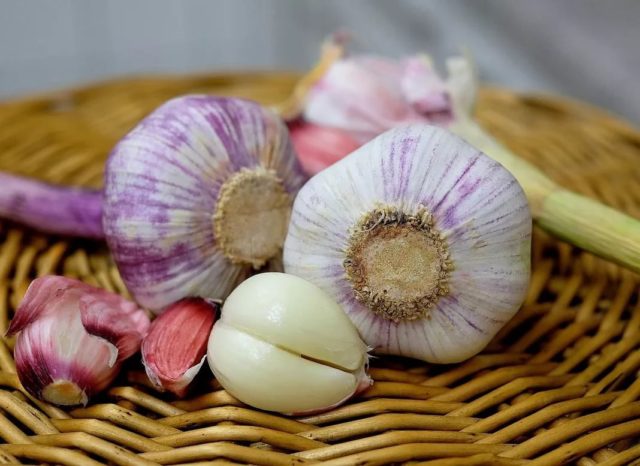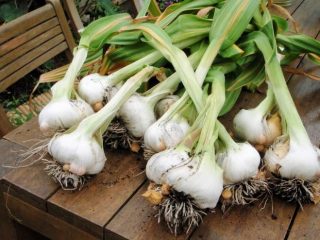Content
Winter garlic is a popular crop because it can be grown everywhere. The most popular are the varieties that are planted in the winter. One of these is the Komsomolets garlic. It is unpretentious to care for, tolerates climate changes well and gives an excellent harvest. Reviews of Komsomolets winter garlic are confirmation that the variety is unique.
The history of the appearance of the variety
The Komsomolets winter garlic variety was bred back in the 60s of the last century. The goal of the scientists was to create a species that would be suitable for cultivation in the lands of the Central Black Earth Region. Work was carried out on local varieties of garlic, and as a result of painstaking work, an unpretentious, cold-resistant plant was created.
Description of garlic
In the literature, this variety of winter garlic is described as the most productive. Its garlic has dense heads, each of them contains up to 10 teeth. They are all even and the same size. The weight of each onion ranges from 35 to 110 g. The taste of Komsomolets' cloves is sharp and hard. Each head is covered with uniform scales.
The stems of Komsomolets grow up to 45 cm in length, consist of several wax-coated leaves. Sometimes arrows may form, on which small airy bulbs ripen. In cooking, both heads of garlic and feathers are used.
Variety characteristics
In order to get a high-quality and bountiful harvest, you must follow some planting and care rules. Only then will Komsomolets delight you with its high-quality and aromatic fruits.
Yield
This variety belongs to the mid-season, since the period of its active growth and reproduction is on average 115-120 days. In the south, Komsomolets ripens within 95-100 days.
There are about 1.3-1.4 kg of winter garlic per square meter. And this is an excellent indicator. In general, the yield directly depends on the place of planting and the type of soil.
Disease and pest resistance
This variety tolerates frost well, various weather changes. Also, the plant does not lend itself to the effects of many diseases and is resistant to the spread of bacterial rot.
Advantages and disadvantages of the variety
Komsomolets winter garlic has a lot of advantages that make it popular and in demand among gardeners and gardeners with different experience and level of knowledge.
Positive qualities of garlic:
- resistant even to subzero temperatures;
- he is not afraid of most diseases;
- you can get a large-scale harvest if you take proper care of the plant.
If Komsomolets is planted in poor soil, then the harvest will be small, and the garlic will be very small. In this case, the result will not justify the funds that were invested in the plant.
Planting and caring for garlic
To get excellent fruits, you should heed the advice of professionals regarding planting. Despite the good tolerance of the cold garlic, it should still be planted away from trees and bushes, in an open area. If you plant it in the shade, then this will entail a decrease in yield.
Planting time of garlic Komsomolets
The best time to plant winter garlic is mid-October.If the region has a cool climate, then you can plant the plant a little earlier.
Preparing the beds
Experts advise planting Komsomolets on those land plots where cucumbers, beans, cabbage or zucchini grew last year. But in the garden where potatoes, onions or tomatoes were previously planted, it is better not to place winter garlic.
Only large teeth should be planted, without flaws. Before starting the procedure, each copy must be held in a solution of copper sulfate or potassium permanganate.
Winter garlic Komsomolets feels great in heavy and loamy soils. To get a large harvest, it is recommended to fertilize the soil before planting. Compost or humus is perfect as a top dressing. 1 kilogram of fertilizer is used per square meter of soil. In addition to organic preparations, mineral complex compounds should be used - they are useful for Komsomolets.
Planting garlic
Compliance with these rules guarantees abundant fruiting:
- Between the rows, you need to leave gaps of 35-40 cm.
- Between plants in a row, the distance should be within 6-10 cm.
- The teeth should be planted to a depth of 2-7 cm, depending on the size.
Growing garlic
After planting, it is necessary to carry out insulation measures and mulching with sawdust. With the onset of spring, all the material is removed, and the soil is abundantly watered with water at room temperature.
Watering should be stopped a month before harvest. If you ignore this condition, then the fruits will not acquire their specific taste.
Those who have not mulched should regularly loosen the soil, and also clean weeds... It is recommended to cut off the arrows if there is no need to collect seeds. You need to break them off at the level of the upper leaves.
Fertilize the soil with winter garlic a couple of times throughout the season. The drugs are added to the soil along with watering. The best mineral composition for garlic nutrition is Amofoska. Liquid Mullein is also suitable.
Harvesting and storage
From the moment of germination, a little more than 100 days should pass, and then the winter garlic will fully ripen. Experts say that it is recommended to dig out the fruits after 80-90 days. External signs of the plant can help determine the readiness of the garlic.
You can harvest if:
- most of the feathers turned yellow;
- the base of the stem was thinned and laid down on the ground;
- the lower leaves have acquired a yellow tint;
- seed boxes cracked;
- the scales covering the head became transparent.
The best time to dig Komsolts is an early sunny morning. After harvesting, the heads should be laid out on the ground to dry out. Next, you need to bring it under a canopy or indoors and leave it there for several weeks. During this time, the winter garlic will be completely dry and ready to eat. Leaves and stems can only be trimmed when the shoots are completely dry.
After drying, the crop should be sorted. Heads that are flawed, wrinkled in appearance should be set aside. If you do not notice them in time, then you can lose some of the fruits. Good winter garlic heads should be folded into a box or bag and stored in the cellar. Throughout the winter months, the crop must be ventilated so that it does not get damp and rot.
It is necessary to correctly determine the time of collection of Komsomolets, because this affects both the pungency, taste and aroma of the cloves.
Garlic propagation methods
The Komsomolets variety belongs to those plants that throw out arrows. Therefore, it can be propagated in the following ways:
- teeth;
- seed bulbs.
Using the first method, the next year is guaranteed to have a harvest. The second method is more difficult, and it will take several years before the plant produces good fruits.
Pests, methods of control and prevention of diseases
Harm to winter garlic can be caused by those diseases that develop during the activity of mushrooms.
The following diseases of the Komsomolets variety are found:
- White rot... The causative agent is a fungus that infects the heads both after harvesting and while they are in the soil. If you notice a sudden yellowing of the leaves, then this is the first sign of white rot. A light bloom forms on the roots of affected plants and on the head - this is how the fungus spreads. It is able to make the teeth watery and accelerate the decay process.
- Green mold... The disease is already typical for harvested winter garlic. Brown damp spots appear at the bottom of the head. Yellow depressed areas form on the teeth. To prevent disease, you need to monitor the harvest, regularly sort it out and throw away the affected fruits.
- Cervical rot... The disease affects winter garlic while it is still in the ground. Numerous factors can lead to such a problem, for example, a cold snap, excessive soil moisture, a reaction to nitrogen fertilization. To prevent the onset of the disease, you should harvest in a warm season and dry it well.
Conclusion
Winter garlic Komsomolets is an unpretentious plant, caring for it does not include any complex activities. Grown Komsomolets for every gardener is a guarantee of the presence in the house of a vitamin vegetable that improves immunity and is able to overcome various viral diseases.
